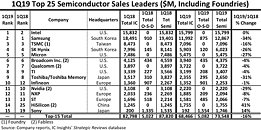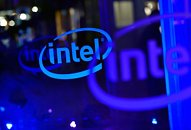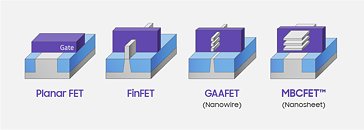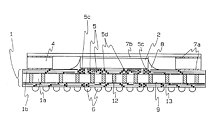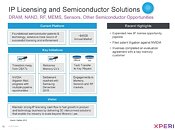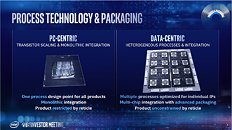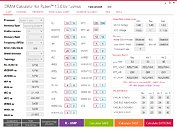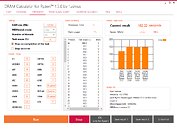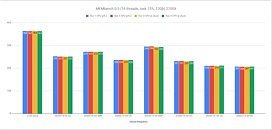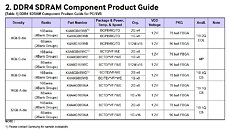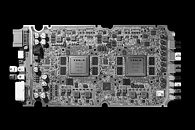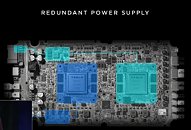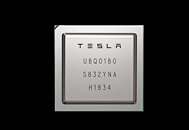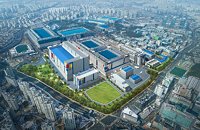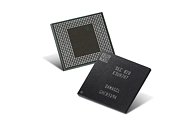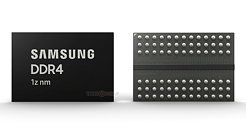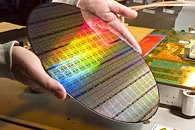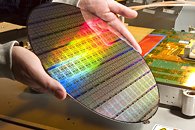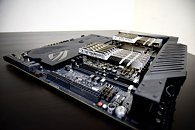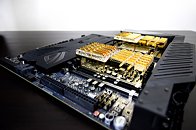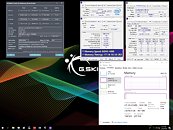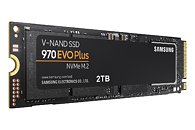
Intel Again Leader in Silicon Supply Race
Intel was the historic leader in silicon manufacturing and sales from 1993 through 2016, the year it lost its lead to Samsung. The issue wasn't so much to do with Intel, but more to do with market demands at the time - if you'll remember, it was the time of booming DRAM pricing alongside the smartphone demand increase that propagated stiff competition and manufacturers trying to outgun one another in the form of specs. The DRAM demand - and its ridiculous prices, at the time - propelled Samsung towards the top spot in terms of revenue, leaving Intel in the dust.
However, with the decrease in DRAM pricing following the reduce in smartphone demand and increased manufacturing capabilities of semiconductor manufacturers, which flooded the market with product that is being more slowly digested, has led to the drop of the previously-inflated Dram pricing, thus hitting Samsung's revenues enough for Intel to again become "top dog" in the silicon manufacturing world - even as the company struggles with its 10 nm rollout and faced supply issues of their own. As IC Insights puts it, "Intel replaced Samsung as the number one quarterly semiconductor supplier in 4Q18 after losing the lead spot to Samsung in 2Q17. (...) With the collapse of the DRAM and NAND flash markets over the past year, a complete switch has occurred, with Samsung having 23% more total semiconductor sales than Intel in 1Q18 but Intel having 23% more semiconductor sales than Samsung just one year later in 1Q19!".
However, with the decrease in DRAM pricing following the reduce in smartphone demand and increased manufacturing capabilities of semiconductor manufacturers, which flooded the market with product that is being more slowly digested, has led to the drop of the previously-inflated Dram pricing, thus hitting Samsung's revenues enough for Intel to again become "top dog" in the silicon manufacturing world - even as the company struggles with its 10 nm rollout and faced supply issues of their own. As IC Insights puts it, "Intel replaced Samsung as the number one quarterly semiconductor supplier in 4Q18 after losing the lead spot to Samsung in 2Q17. (...) With the collapse of the DRAM and NAND flash markets over the past year, a complete switch has occurred, with Samsung having 23% more total semiconductor sales than Intel in 1Q18 but Intel having 23% more semiconductor sales than Samsung just one year later in 1Q19!".
